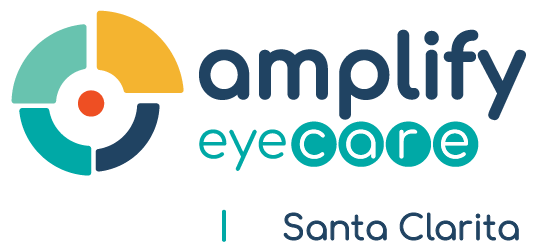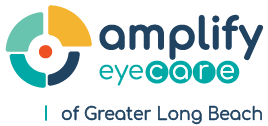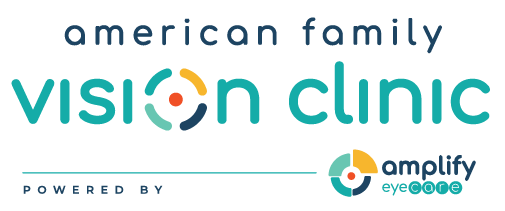Results
We observed an exophoric shift in the near point phoria of almost all subjects, whereas the farpoint phoria showed no trend. Interestingly, we observed that the phoric shift at far and near was highly correlated for the asymptomatic subjects but not for the symptomatic subjects. In addition, the (stimulus) AC/ A ratio of symptomatic subjects was reduced after a period of VR- HMD use, whereas asymptomatic subjects' AC/ A ratio was not reduced.
Conclusion
The oculomotor changes among the symptomatic subjects (increased exophoria at near and reduced AC/ A) appears consistent with a reduced accommodative response. In contrast, the asymptomatic subjects show changes (correlated change in phorias) which seem most consistent with adaptation in the tonic component of vergence and/ or accommodation





